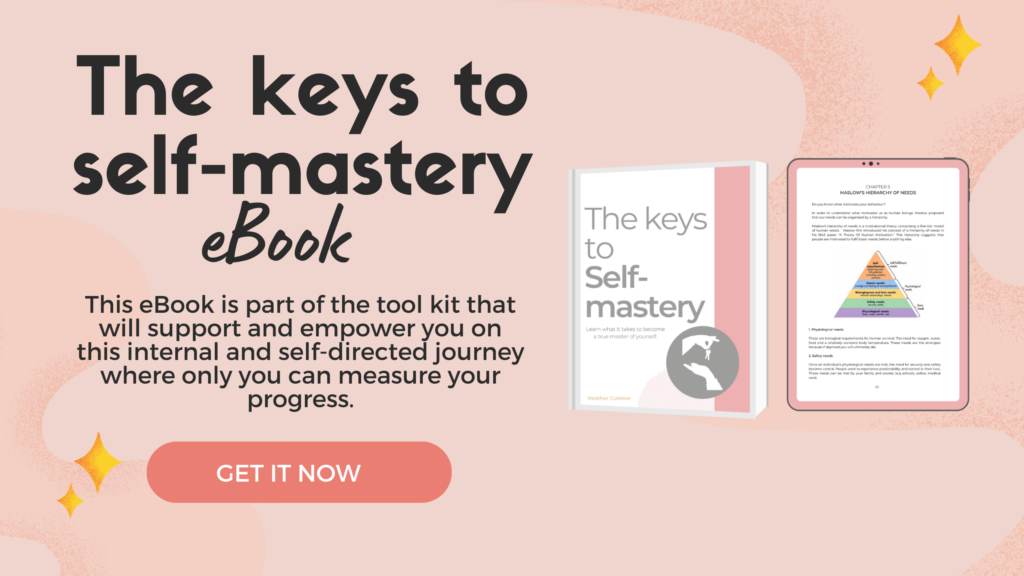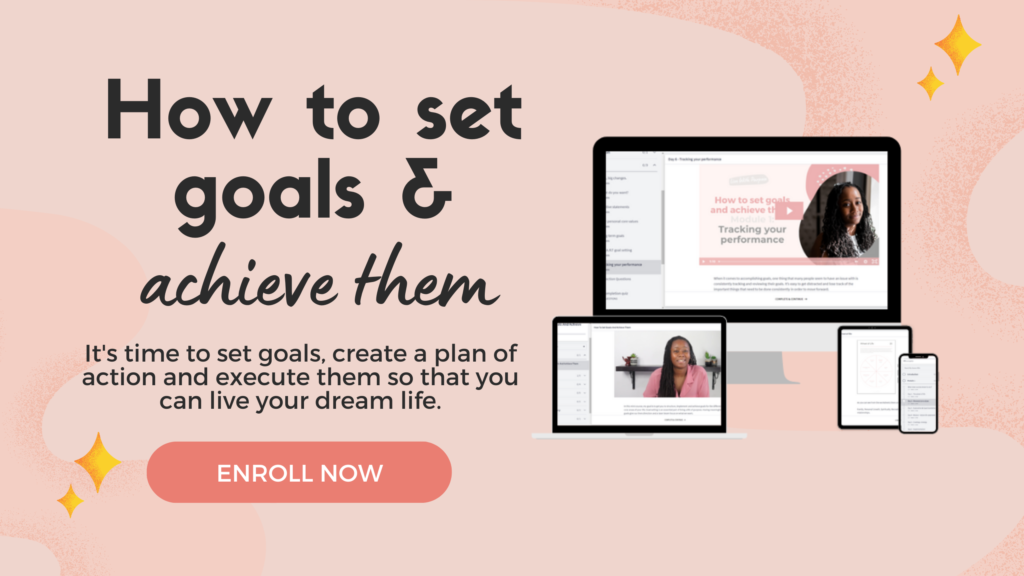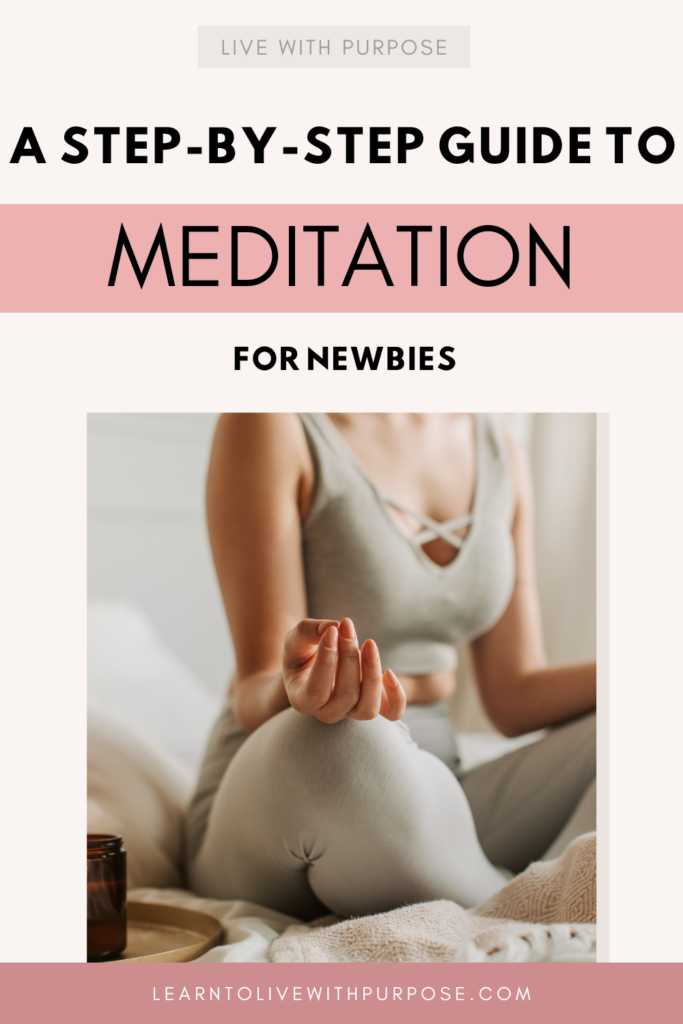In today’s fast-paced world, finding inner peace and serenity can be quite challenging. The constant demands on our time and attention can leave us feeling stressed, anxious, and overwhelmed.
That’s where meditation comes in. 🧘♀️
Meditation is a powerful tool that can help us slow down, quiet our minds, and cultivate a sense of inner calm and balance.
In this guide to meditation, we’ll explore the basics of meditation, its numerous benefits, and various techniques to help you find the practice that’s right for you. It will also provide a step-by-step process for beginners, tips for creating a comfortable meditation space, and resources to support your journey toward a more mindful and tranquil life.
Now let’s get started. 🙌
Understanding the benefits of meditation
Meditation has been practiced for thousands of years across various cultures and traditions. It has gained popularity in recent years due to its numerous physical, mental, and emotional benefits. Plus, who doesn’t love being flexible? 😂
Different types of meditation techniques
There is a wide variety of meditation techniques available to suit different preferences and needs. Some of the most popular methods include:
✨Mindfulness meditation: This practice involves focusing your attention on the present moment without judgment. It can be done by paying attention to your breath, bodily sensations, or a particular object.
Ps: Find out more about mindfulness meditation in The Keys to Self-Mastery eBook

✨Loving-kindness meditation (Metta): This technique involves cultivating feelings of love and compassion for yourself and others. It usually involves repeating phrases such as “May I be happy” and “May all beings be happy”. 😃
✨Body scan meditation: This type of meditation involves mentally scanning your body from head to toe, observing any sensations or tension that may be present.
✨Mantra meditation: This technique involves repeating a word or phrase, either silently or out loud, to help focus your mind and cultivate a sense of inner peace.
✨Visualisation meditation: In this practice, you focus on a mental image, such as a peaceful landscape or a person you admire, to help cultivate positive emotions and a sense of calm.
A beginner’s guide to meditation: Step-by-step process
Starting a meditation practice can seem daunting, but with a simple step-by-step process, you’ll be well on your way to embracing serenity. Here’s how to begin:
🕑Choose a time and place: Find a quiet space where you won’t be disturbed, and set aside a specific time each day for your meditation practice.
🪑Get comfortable: Whether you choose to sit on a cushion, chair, or floor, find a comfortable position that allows you to maintain an upright posture without straining.
😮💨Focus on your breath: Close your eyes, and begin by taking a few deep breaths. Then, let your breath return to its natural rhythm and simply observe each inhale and exhale.
👀Gently redirect your attention: As thoughts and distractions arise, gently acknowledge them and bring your focus back to your breath without judgment.
🧘♀️Be patient: Meditation is a skill that takes time and practice to develop. Be patient with yourself and remember that consistency is key.

Tips for creating a comfortable meditation space
Having a dedicated space for meditation can help support your practice and make it easier to establish a regular routine. Here are some tips for creating a comfortable and inviting meditation environment:
✨Choose a quiet spot: Find a space in your home where you can minimise distractions and noise.
✨Keep it simple: A clutter-free environment can help promote a sense of calm and focus. Keep your meditation space clean and organised.
✨Consider lighting and temperature: Natural light and a comfortable temperature can help create a soothing atmosphere for your meditation practice.
✨Create a ritual: Establishing a pre-meditation ritual, such as lighting a candle or playing soft music, can signal to your mind that it’s time to meditate and help you ease into the practice. Building a great meditation habit!
Overcoming common challenges faced by meditation beginners
As with any new skill, beginners often encounter challenges when starting a meditation practice. Here are some common obstacles and tips for overcoming them:
🥱Restlessness: It’s natural for your mind to wander when you first begin meditating. When this happens, gently bring your focus back to your breath without judgment or frustration. It’s totally normal!
🕒Lack of time: It can be difficult to carve out time for meditation in our busy lives. Start with just a few minutes each day and gradually increase the duration of your practice as you become more comfortable. Look at your current daily routine and see where you think you can slot some time in.
RELATED: Check out our How to set goals and achieve them mini-course!

🙃Impatience: Remember that meditation is a process, and it takes time and consistent practice to experience its full benefits. Be patient with yourself and celebrate your progress along the way.
Incorporating meditation into your daily routine
To experience the full benefits of meditation, it’s important to make it a regular part of your daily routine. Here are some tips for incorporating meditation into your life:
✨Establish a consistent schedule: Choose a specific time each day for your meditation practice and stick to it as consistently as possible.
✨Start small: Begin with just a few minutes of meditation each day and gradually increase the duration as you become more comfortable with the practice.
✨Find opportunities throughout the day: Look for opportunities to practice mindfulness and meditation throughout your day, such as during your morning commute or while waiting in line.
✨Set reminders: Use a calendar or smartphone app to set reminders for your meditation practice to help you stay consistent.
✨Join a meditation group: Participating in a meditation group or attending guided sessions can help you stay motivated and provide support as you deepen your practice.
Tracking your meditation progress
Monitoring your progress can be motivating and help you stay committed to your meditation practice.
Consider keeping a meditation journal to track your experiences, insights, and challenges. You can also use smartphone apps that offer guided meditations and track your sessions to help you stay consistent and monitor your progress over time. 😊

Exploring mindfulness and meditation resources
As you continue to develop your meditation practice, you may find it helpful to explore additional resources and tools to support your journey. Some options include:
📱Apps: Smartphone apps can offer guided meditation sessions, reminders, and tracking tools to help support your practice.
💻Online courses: Many organisations and meditation teachers offer online courses and workshops to help you deepen your understanding and practice.
🏖️Retreats: Attending a meditation retreat can be a transformative experience that allows you to fully immerse yourself in the practice and connect with like-minded individuals.
👭Local meditation groups: Joining a local meditation group can provide a supportive community and the opportunity to learn from experienced practitioners.
Conclusion: Embracing serenity through meditation
Meditation is a powerful tool for cultivating inner peace, reducing stress, and improving overall well-being.
By following this guide to meditation, you’ll be well on your way to embracing serenity and creating a more mindful, balanced life. Remember that patience, consistency, and self-compassion are key elements of successful meditation practice. 😄
As you continue to explore and deepen your practice, you’ll discover the profound benefits of meditation and the transformative impact it can have on your life. ❤️
Pin this post for a reminder 📌 👇

Related Blogs
The Ultimate Guide for Coping with Change
+ show Comments
- Hide Comments
add a comment